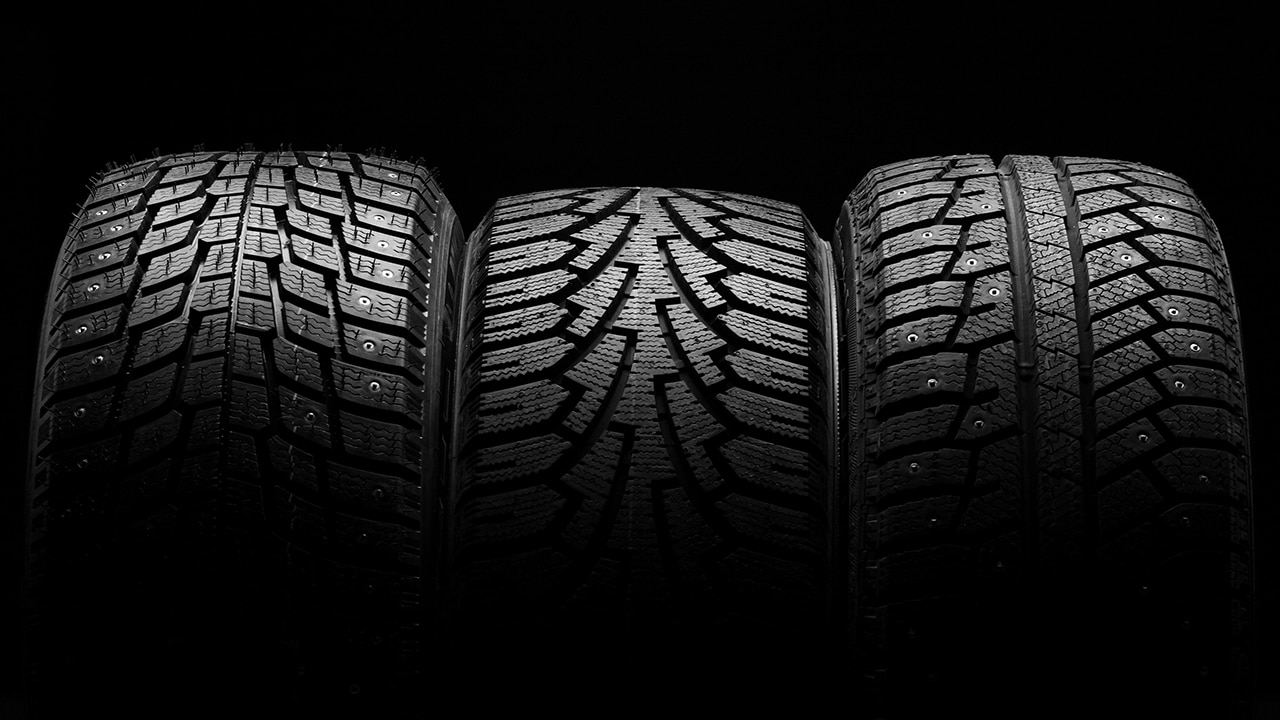All Categories
Featured
Table of Contents
The Michelin provided a comfy driving experience, characterised by receptive guiding and a modern understeer balance. In spite of the cooler screening problems, Michelin's regular time and grasp over three laps suggests its viability for real-world applications. On the other hand, Yokohama's performance was unique. While its super-quick guiding caused a rapid front axle turn, the back showed a tendency to swing a lot more.
The tire's first lap was a second slower than the 2nd, aiming to a temperature-related grip increase. For day-to-day use, the Michelin could be a more secure bet.
Honest Premium Tyre Selection
It shared Michelin's safe understeer equilibrium yet lacked the latter's willingness to turn. Continental and Goodyear's performances were significant, with Continental's brand-new PremiumContact 7 revealing a considerable enhancement in damp problems compared to its precursor, the PC6. This design was far less conscious fill changes and behaved just like the Michelin, albeit with slightly much less interaction at the limit.
It incorporated the secure understeer equilibrium of the Michelin and Continental with some sporty handling, confirming both predictable and quick. As an all-rounder for this Golf GTI, Goodyear's Crooked variety was the standout, showing outstanding efficiency in the wet. Lastly, the Bridgestone Potenza Sporting activity took the crown as the fastest tire, albeit by a small margin.
This tire obtained grippier as it warmed up, similar to the Yokohama. Chauffeurs seeking an interesting damp drive might find this tire worth taking into consideration. The standout entertainer in wet braking was the latest tyre on test, the PremiumContact 7, though the outcomes are nuanced. We conducted damp braking tests in three various ways, twice at the brand-new state and as soon as at the used state.
Cheap Car Tyres Near Me ( Swan)
Ideally, we wanted the cold temperature test to be at around 5-7C, however logistical hold-ups suggested we evaluated with an ordinary air temperature of 8C and water at 12C. While this was cooler than basic examination conditions, it was still warmer than real-world problems. The cozy temperature examination was done at a standard of 18C air and 19C water.
The 3rd run involved damp braking examinations on used tires, especially those machined down to 2mm with a tiny run-in. While we planned to do even more with these used tires, climate restraints limited our testing. It's worth noting that wet braking is most crucial at the used state, as tires normally improve in dry problems as they wear.

Bridgestone, Goodyear, and Michelin saw the least efficiency decrease when put on. The Hankook tyre registered the smallest performance drop as temperature levels cooled down, however it was amongst the most affected when used.
Reliable Tyre Servicing Near Me (Kiara WA)
The take-home message below is that no solitary tyre excelled in all elements of wet stopping, showing an intricate interplay of aspects influencing tire performance under various problems. There was a standout tyre in aquaplaning, the Continental completed top in both straight and curved aquaplaning, with the Michelin and Goodyear also really great in deeper water.

Yokohama might profit from somewhat even more grip, a concern potentially influenced by the colder conditions. When it comes to taking care of, all tyres performed within a 2% variety on the lap, demonstrating their top notch performance (Tyre maintenance). Nonetheless, considering these tires essentially target the exact same consumer, it's intriguing to observe the significant distinctions in feeling.
The shock is due to the fact that the PremiumContact 6 was just one of my favourites for sporty completely dry drives, yet its follower, the PremiumContact 7, seems a lot more fully grown and appears like Michelin's efficiency. Amongst these, Hankook was the least specific in guiding and interaction at the limit. Budget car tyres. Both Michelin and Continental provided beautiful initial steering, albeit not the fastest
If I were to advise a tire for a quick lap to an amateur, say my daddy, it would be just one of these. After that we have the 'enjoyable' tires, specifically Yokohama and Bridgestone. Both were quick to steer and felt sportier than the others, however the compromise is a much more lively back side, making them extra challenging to manage.
Best Tyre Performance Near Me – Swan
It provided comparable guiding to Bridgestone yet used far better responses at the limitation and far better hold. The Bridgestone Potenza Sporting activity, however, appeared to break down rather swiftly after simply 3 laps on this demanding circuit. There's Goodyear, which positioned itself someplace in between the enjoyable tyres and those tending towards understeer.
All in all, these tyres are superb performers. In terms of tyre wear, the method used in this examination is what the market refers to as the 'gold requirement' of wear.
Both the Bridgestone and Yokohama tyres considerably underperformed in comparison to the various other 4 tyres in regards to rolling resistance, with Continental slightly exceeding the rest. Concerning the convenience degree of the tyres, as prepared for, most showed an inverted correlation with handling. The Continental, Michelin, and Goodyear tires executed finest across different surface types evaluated.

Bridgestone began to reveal indications of firmness, while Yokohama was particularly jarring over splits. We did gauge interior sound levels; nevertheless, as is typically the situation, the outcomes were very closely matched, and because of weather restraints, we were incapable to carry out a subjective assessment of the tyres noise. We looked at abrasion numbers, which determine the quantity of tire walk lost per kilometre, normalised to a one-tonne lorry.
Honest Wheel Balancing Near Me
This number represents the quantity of rubber dust your tires create while driving. Michelin led in this group, creating over 9% less rubber particle matter.
Latest Posts
Top High-quality Tyres
Affordable Wheel Alignment Services Near Me – Beechboro
Honest Premium Tyre Selection Near Me (Yokine WA)